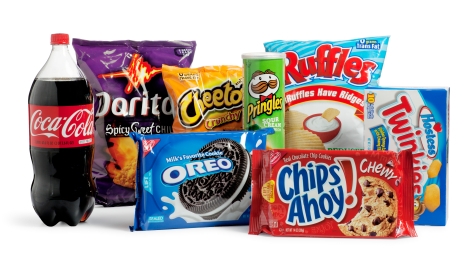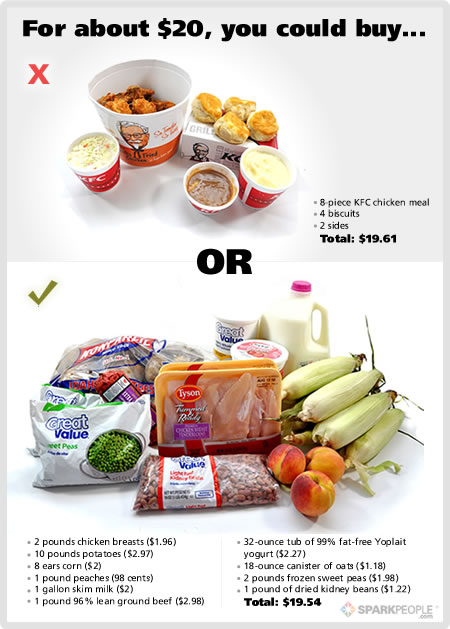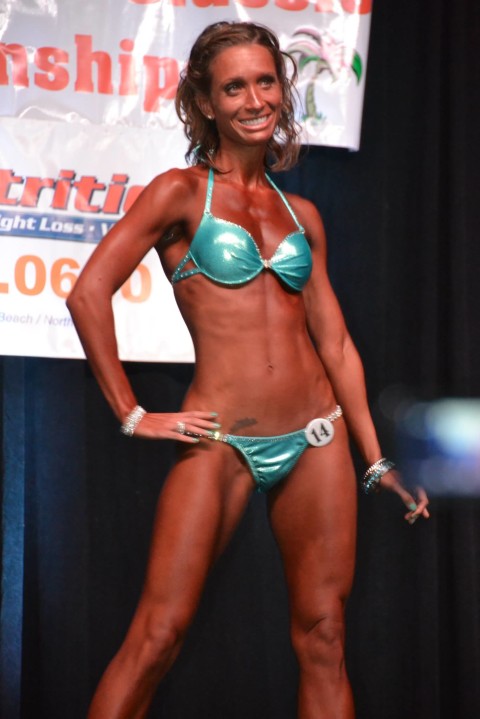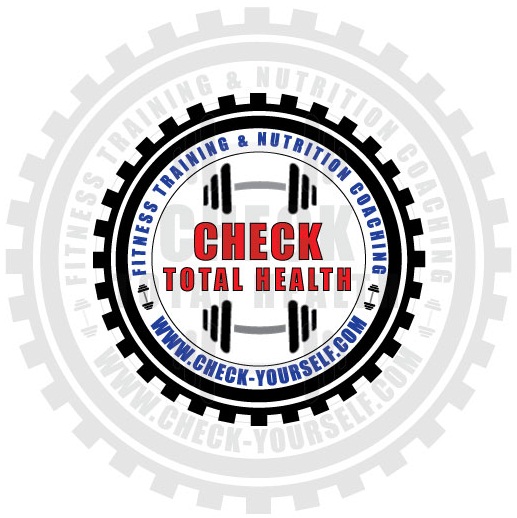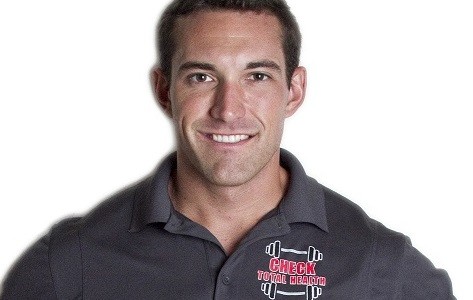“I want to lose weight by eating nothing but moon pies, which have significantly less gravity than earthier foods such as fruits and vegetables” – Jarod Kintz
“We are living in a world today where lemonade is made from artificial flavors and furniture polish is made from real lemons” – Alfred Newman
A couple of funny quotes that exemplify very well the general mindset and view most people have of food today. For many, what they’re going to eat on a daily basis is an afterthought or not even a thought at all! The result is 2/3 of adult Americans are overweight, of which over half are obese. Heart disease, COPD, and diabetes are at an all-time high, as well as certain cancers. The solution is very simple people…start eating properly!
The eating habits of most people today have gotten so bad that in many cases they can usually see and feel great results just by changing a few simple things about their eating habits. Here’s the top 3 detrimental eating mistakes you’re probably making that are hindering your potential for fat loss.
- Not Balancing Calories Properly- Overeating is obviously the biggest contributor to weight gain. A common mistake people make is thinking that eating 2,000 calories/day over 2-3 meals is the same as eating 2,000 calories/day over 5-6 meals. At the end of the day your net calories are the same; however, the impact on your body is very different. Your body can only metabolize/require so many calories/macros at any given time, so any excess calories/macros taken in at that moment will go straight to fat cells. On top of that, when you go more than 2-3 hours without eating you drastically decrease your metabolism because of the thermic effect of food. The easiest way to avoid this is by balancing your calories evenly across all your meals. First determine how many meals you’re feasibly able to eat in a day and then divide your total calories evenly across them (2,000 calories / 6 meals = 333 calories/meal). This will not only ensure that you’re never overeating and sending calories to fat cells, but also that you’re maximizing the thermic effect of food and keeping your metabolism up throughout the day. Humans are meant to be grazers…after all we used to be hunter/gatherers. Try to eat as many small meals/day as you can (5+ recommended)…I eat 7-8 meals/day!
*Tip: wholesome, non-processed food items are typically much lower in calories per serving than processed food items, so you get to eat a lot more without the calories adding up quickly!
- Not Controlling Carbohydrate Intake- Our bodies are programmed to run on carbohydrates, which makes them crucial for proper mental health and physical performance. The more active you are, the more carbohydrates your body will require to perform and recover properly. Unfortunately, carbohydrates can also very easily contribute to fat cell growth if you’re not a physically active person. In general, if you’re the average sedentary American who does not exercise regularly then your carbohydrate requirements will more than likely be very low. The problem is we live in a time where people are not only becoming more sedentary, but also consuming much more higher glycemic food items (sugary beverages, refined grains, candy/sweets/baked goods, etc…). These types of food items are like “high octane” fuel to the body, which would only be beneficial in restricted amounts to high performing athletes. The best thing you can do is to eat lower glycemic carbohydrate sources (whole grains- old fashioned oats, brown rice/quinoa, sweet potatoes, etc…) in moderate amounts when you’re the most active and then restrict or even eliminate carbohydrates all together when you’re not being active/exercising.
*Tip: sugar is the enemy to sedentary/overweight people who want to lose body fat. Watch this documentary sometime to learn why!
- Not Keeping a Food Log/Diary- How can you control your food intake if you’re not keeping a food log? I’ve been following various meal plans for a long time and I still to this day track my intake almost every day even though I know exactly what I’m going to eat. There’s something about seeing what you consume every day in plain black and white that not only brings a sense of accountability, but also helps you to make adjustments in the future to get your desired results. My favorite food log to use is called MyFitnessPal. It’s very user friendly, easy to navigate, and best of all it’s free! When you fill out your profile it will roughly determine for you how many calories you should be eating/day to reach your weight/body composition goals. As long as you log everything you eat/drink and stay under your allotted calories for the day you’ll see results. It’s also a great tool for ensuring you’re balancing your calories properly across your meals and controlling your carbohydrate/sugar intake.
*Tip: follow a strict eating plan every week by logging your food, but make sure to allow yourself 1-2 “cheat” meals a week so you don’t get unmotivated or burned out! You’ll find that after eating properly all week you won’t be able to eat a large, unhealthy meal without feeling blah afterwards!
We live in a time where the “high octane” food items are plentiful and shoved in our face everywhere we go. Don’t make the mistake of not putting some thought and effort into what you’re going to be eating throughout the day. There is no secret or magical pill to maintaining a healthy weight and low body fat percentage, but a good start is to follow my recommendations above and not make these common eating mistakes that are detrimental to your results.
Have a question or comment regarding this article? Feel free to contact me directly if you need help with fitness meal planning and nutrition coaching.
Justin Check, NSCA-CPT, FNC Check Total Health 239.209.7878 justin@check-yourself.com

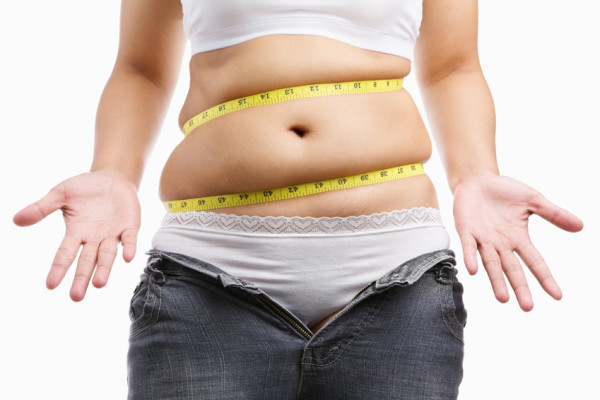


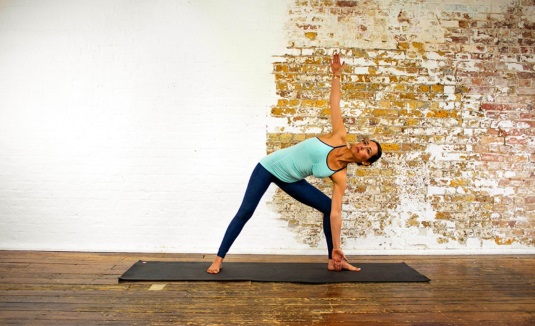
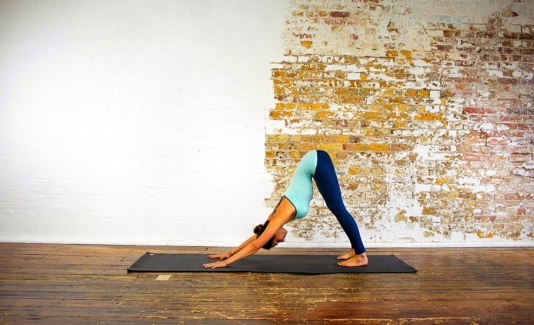 it on your heels, lower your head on the mat, stretch your arms forward. Go to the table pose. Push with your hands and straighten your legs. Extend your pelvic bones up and heels down. Let your head hang freely, stretch your waist
it on your heels, lower your head on the mat, stretch your arms forward. Go to the table pose. Push with your hands and straighten your legs. Extend your pelvic bones up and heels down. Let your head hang freely, stretch your waist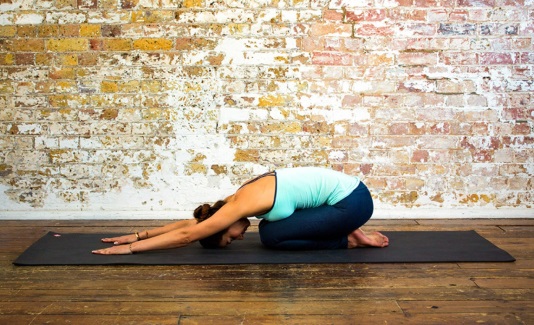 Lower your head as you sit on your heels. Stretch your arms forward on the floor.
Lower your head as you sit on your heels. Stretch your arms forward on the floor. Lie on your stomach. Press your palms against the floor at the level of your shoulders. Use your back muscles to raise your head and upper torso, then use arms. Straightening your arms, arch the chest section of your backbone. Look straight.
Lie on your stomach. Press your palms against the floor at the level of your shoulders. Use your back muscles to raise your head and upper torso, then use arms. Straightening your arms, arch the chest section of your backbone. Look straight.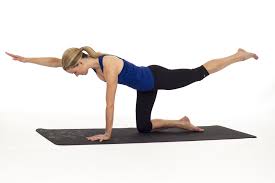
 Take the plank position. Move your weight onto the right hand. Rotate your torso lifting your left hand from the floor. Keep your legs together.
Take the plank position. Move your weight onto the right hand. Rotate your torso lifting your left hand from the floor. Keep your legs together.